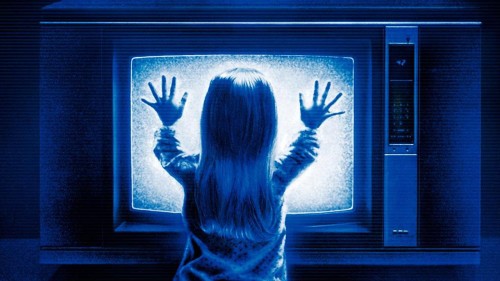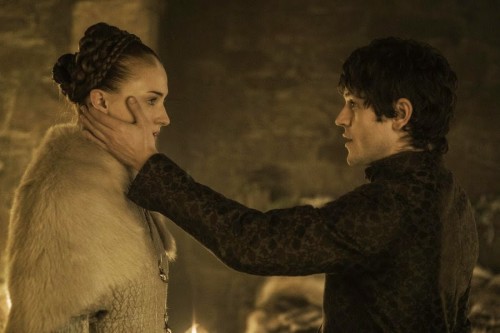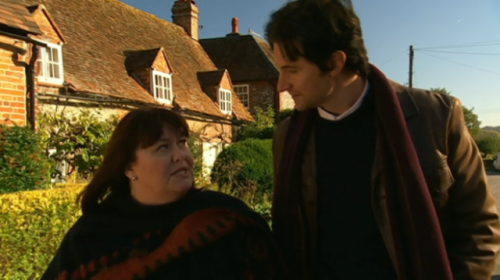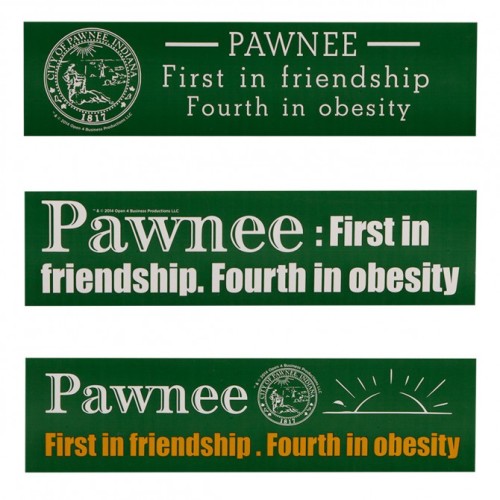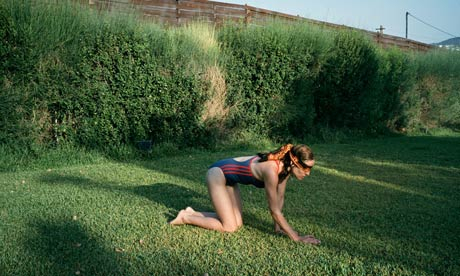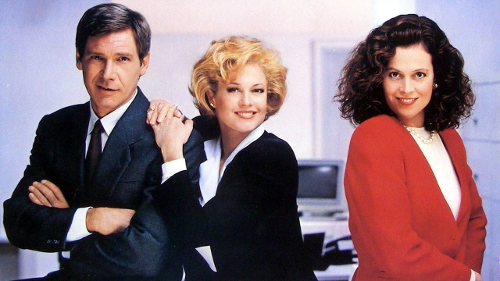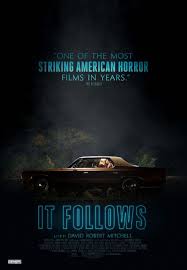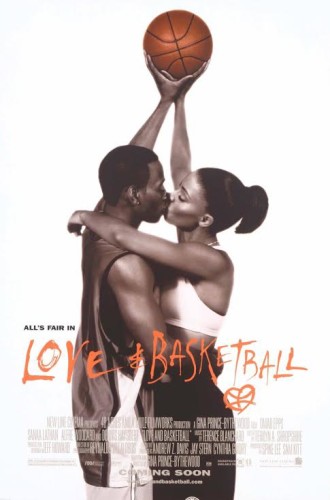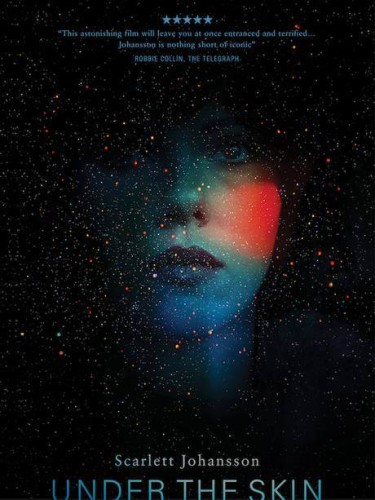The ‘Poltergeist’ Remake Delivers Scares but Buries the Politics of the Original
Though the remake provides plenty of scare factor and makes excellent use of new technology (both at the level of cinematography and within the narrative itself with various nods to iPads, iPhones, drones, etc), it lacks the critical edge of the original.
